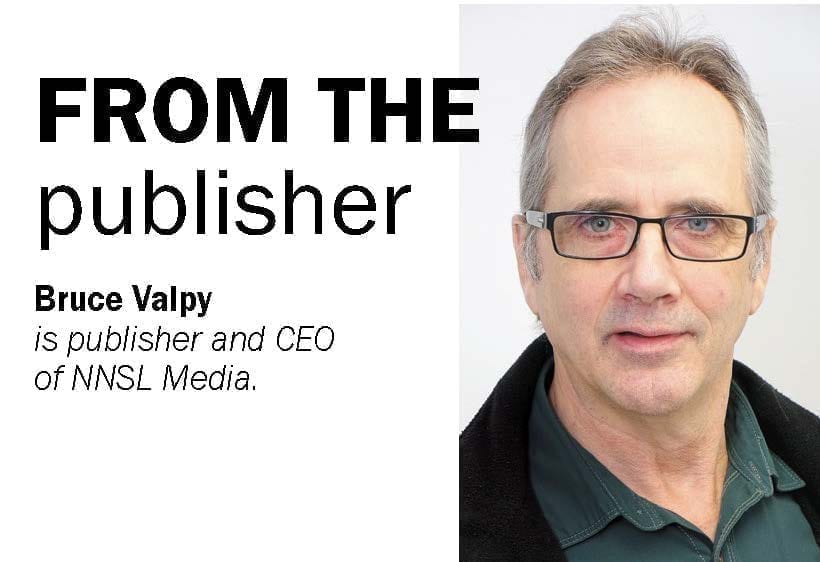When I go south, I get asked about land claims. Not an expert I say, but here’s how I see it, in strictly non-Indigenous terms.
 To me, land is something to be owned to live on, or to be bought and sold. The more land people have, the more likely they have lots of money.
To me, land is something to be owned to live on, or to be bought and sold. The more land people have, the more likely they have lots of money.
The Dene, Metis and Inuit value land too but they usually put THE in front of it. They say "I love THE land," "I am going out on THE land," "on THE land is the best place to be" or "don’t mess with THE land."
When we Europeans arrived 400 years ago, the idea was to get as much land as possible so you could make a king or queen happy and they would give you lots of money to put in the bank.
Or the royalty might give you land for yourself so you could make your own money and put that into the bank for your kids to enjoy when you are dead.
To the Dene, Metis and Inuit, THE land was THE bank. And like all good banks, the land bank paid regular dividends, without fail, in clean water, meat, wood and clothing, all to be left for their children when they died.
Since arriving, we Europeans took whatever land we could get our hands on because the land banks in Europe were locked up by royalty and rich business people. Ordinary people got the crumbs.
European-based law says you must show legal title to the land you want to own. That law even applied to the Indigenous land. Treaties were signed but because Indigenous people had no lawyers to ensure fairness, the legal basis of European ownership is like candle ice in the spring – appears solid on top but you can’t stand on it because it’s rotten underneath.
When Indigenous land disputes get into the courts, the weight falls on the ‘Crown’ to show they got the land in good faith which is very hard to do. So land claims were invented to save on legal fees, really a redo of the treaty negotiations. This time the Indigenous people have lawyers.
In the North, Indigenous governments are lawfully rebuilding their land banks. The Inuvialuit have regained title to 90,600 square kilometres, with 12,949 in subsurface (mineral) rights. The Gwich’in got back approximately 22,330 sq km of land in the Northwest Territories, and 1,554 sq km in the Yukon, including subsurface rights to 6,158 sq km. The Sahtu Dene and Métis got back 41,437 sq km, including 1,813 sq km of subsurface rights. The Tlicho got back 39,000 sq km, including subsurface resources under their communities.
So that’s 193,367 square km, a land bank the size of New Brunswick, Nova Scotia and Prince Edward Island combined, along with $509 million in cash payments. That means Canada now has title to 1.15 million square km, minus the pending Dehcho and Akaitcho landclaims. Pretty good deal for Canadians.
So when southern industry, or anybody, comes calling on our Northern land bankers looking to withdraw land from the land bank, without offering security and immediate dividends, like cash and jobs, they shouldn’t be surprised when their request is denied or worse, ignored. No banks down south will finance risky ventures either. That’s how they hang on to their (and our) money.
The diamond mines brought jobs and benefit agreements to Indigenous communities. That works. Resource exploration companies are going to have to find a way to do the same if they want Northern land bankers to take them seriously.
In the meantime, the shareholders of the land banks – the Indigenous communities – will continue to collect healthy dividends in clean water, meat, wood and clothing.